Well-designed luxury garages are a far cry from the cluttered, dusty rooms where most standard vehicles are kept. For high-end homeowners, their garage upholds the elegant aesthetic found in the main home; but instead of sheltering people, the garage protects their luxury vehicles.
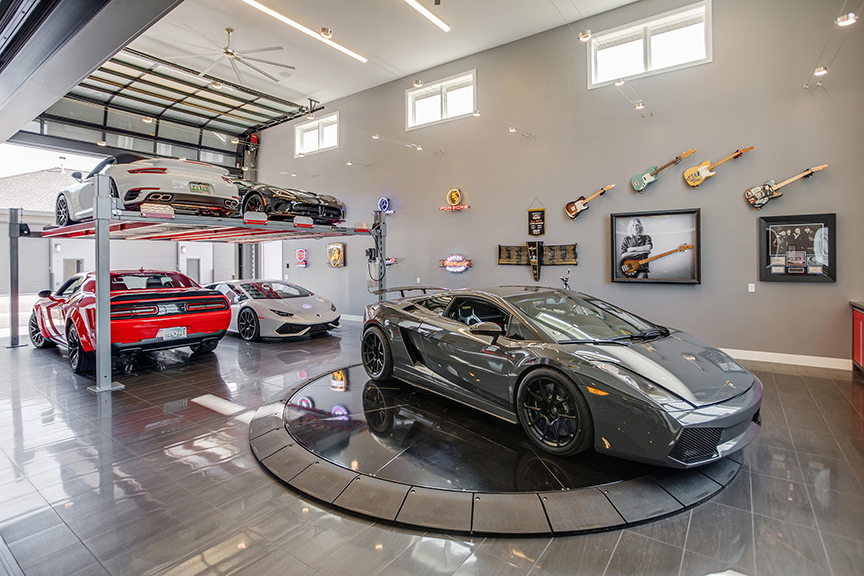
Widely considered to be the perfect extension to a dream home among car enthusiasts, luxury garages are strategically designed to show off the homeowner’s collection of vehicles and related items. Some manufacturers have developed materials specifically to be used for cabinetry in luxury garages, removing the need for kitchen-like cabinets to ruin the sleek, yet rugged vibe of the space. This cabinetry can be complimented by a stainless steel sink and counter space to increase functionality.
Slatwall panels are another popular storage strategy — they double as a finished wall covering and place to store tools and accessories. Similarly, a polyaspartic floor coating not only contributes to the polished look, but also serves as a durable protective layer to prevent damage due to abrasions, spills or moisture.
When designing a luxury garage, consider shades of blue, gray, red and black. Metallic accents, such as a diamond plate backsplash, add depth to this look. Choosing a color scheme that mirrors that of the luxury vehicles will help you achieve a put-together, distinguished design.
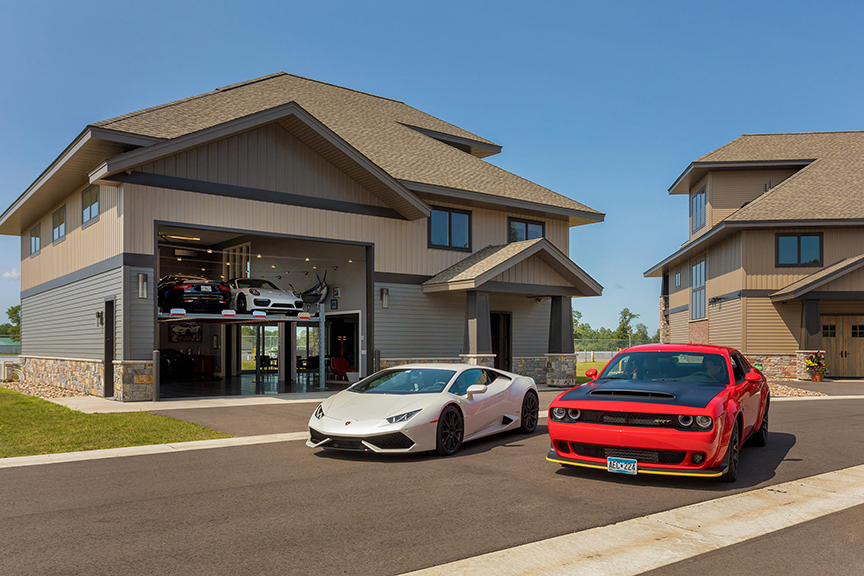
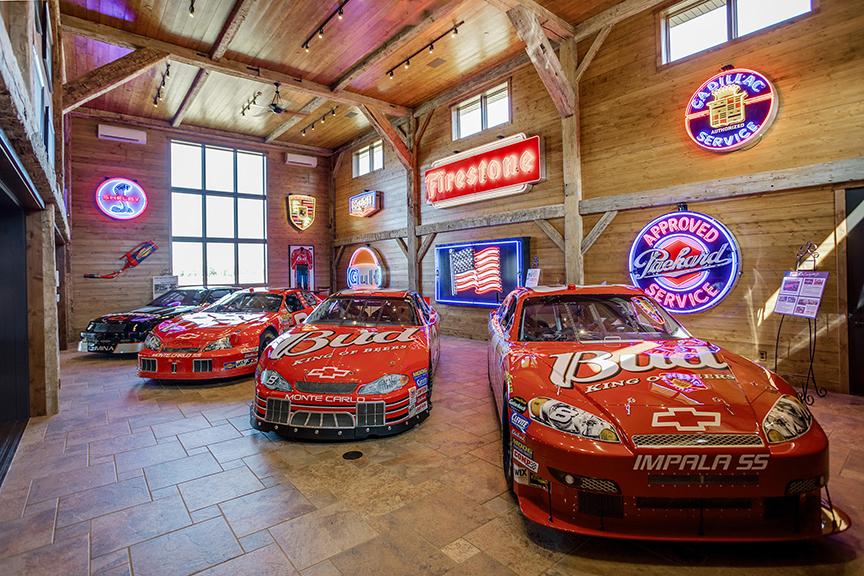
Some luxury garage owners choose to install a car lift. This can help homeowners store more vehicles in an area with limited space, or keep seasonal vehicles out of the way during the winter. Other popular amenities include upgraded garage doors that can be controlled remotely via smartphone, as well as year-round climate control. Especially in climate-controlled garages, many hobbyists choose to include a workshop, as well as a TV or sound system to turn their luxury garage into the ultimate leisure space.
Photos courtesy of BIR Luxury Garages.
Interest and research in driverless and self-parking cars is rapidly growing, as are ideas for how this technology may impact housing development.
By Camilla McLaughlin
The race is on among car manufacturers, tech companies and cities to develop reliable self-driving vehicles and required innovative infrastructure in what is being characterized as the third transportation revolution, one that possibly could have as dramatic of an impact as the automobile. Personal vehicles are only one facet of this future vision. Ride hailing services, shared ownership of cars, autonomous shuttles and buses, and self-driving trucks are all part of the scenario, along with Wi-Fi-enabled infrastructure and roadways that could charge cars.
To illustrate how dramatic the transformation might be, futurist Jack Uldrich uses two photos of Fifth Avenue in Manhattan. In a shot from 1900, horse-drawn vehicles fill the roadway. Thirteen years later, only one horse-drawn vehicle is in evidence, and cars and trucks take up the entire street.
“The transportation revolution will be a game changer for most real estate sectors” is the prediction of Green Street Advisors in a report, The Transportation Revolution: The impact of ride-hailing and driverless vehicles on real estate, prepared for the Urban Land Institute’s fall 2017 meeting.
“Most experts agree that the automobile as we know it will be largely obsolete by 2030. In its place will be fleets of driverless cars that shuttle people safely and efficiently through our city streets. But it’s the broader impacts of this technology that are a game-changer for the future of our cities and the human experience. The opportunity is not only to create new places that accommodate driverless cars, but to reshape our existing cities and towns into the kind of amenity-rich, vibrant places that we all enjoy,” observed architect Andy Cohen, co-CEO of Gensler.
Although a vast array of regulatory and legal challenges need to be addressed, consumer acceptance is considered most pivotal to the broader adaption of autonomous vehicles (AVs). Right now, few consumers have tried self-driving cars. Experts agree acceptance will only come with knowledge and experience.
One analogy often used to illustrate current apprehensions about new technology is the elevator, which initially was considered an incredibly risky innovation. “People didn’t want to get into it. Today, you and I don’t give a second thought to jumping on an elevator, and it whisks us up a hundred stories of a skyscraper. I think that same thing is going to happen with autonomous vehicles. We’re just soon going to get in a car, press a button and it’ll take us to our destinations without our thinking of it,” says Uldrich, who says the impact of the elevator also gives insight into the effect of technology on luxury real estate. “Before the elevator, wealthy people lived on the ground floor, and they made the servants walk up the stairs. But with the invention of the elevator, the penthouse then become the most desirable space. And so, technology sort of changed behavior in a curious way.”
“For consumers, the tipping point for large-scale adoption will come when not owning a car makes more financial and logistical sense than traditional ownership. Car enthusiasts, the affluent, and rural households will continue to own cars as AVs evolve,” explains Rich Palacios Jr., head of research for John Burns Consulting. Still, real estate agents in cities with high levels of congestion such as Boston or San Francisco are beginning to hear comments from high-end clients that they are planning to reduce the number of vehicles they own.
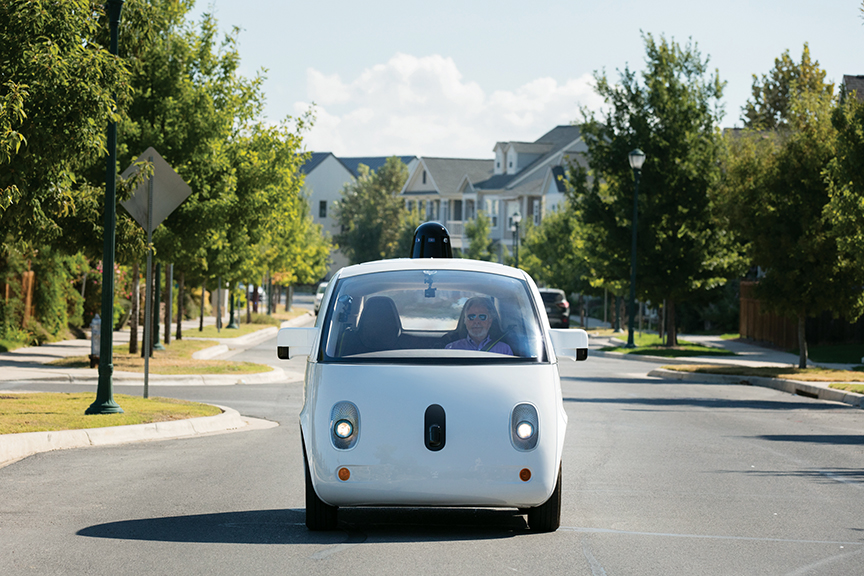
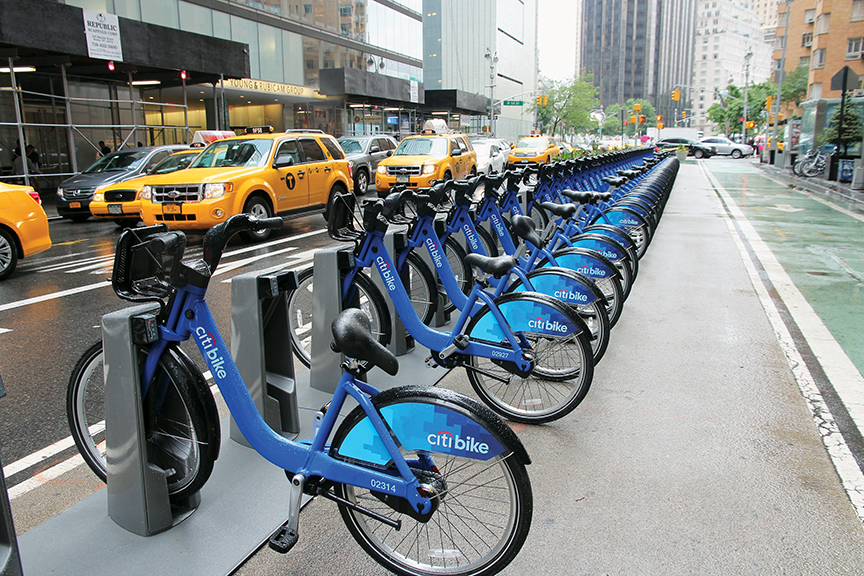
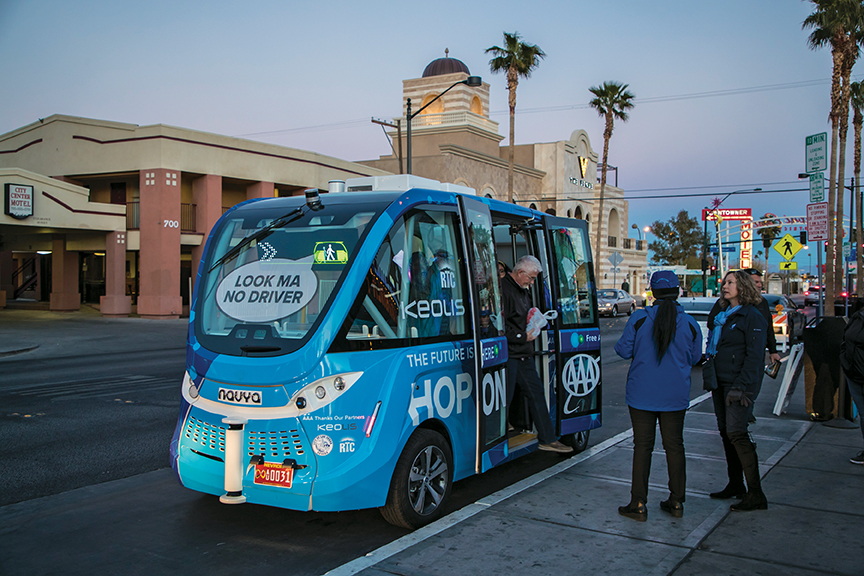
Even though many well-informed experts weigh in with varied opinions on potential transformations for real estate and housing, the only certainty is the change will be incremental, disruptive and far-reaching. “So, what impact will AVs and ride-sharing have on the housing market? We think a big one,” says Palacios. “A portion of the money once allotted to owning/renting a car should also free up for owning or renting a home.” As cars become more of a commodity, rather than a possession, costs such as fuel, maintenance and insurance will disappear along with loan/lease payments. “The boost to disposable income will be significant, once scaled,” says Palacios. Increases in productivity for individuals as well as industry are another expected result that will drive economic growth.
When the price of a parking space can exceed $300,000 or $400,000, even high-end consumers begin to examine the value of owning multiple vehicles. Conservative estimates suggest demand for parking could decline by 50 percent or more, freeing up extensive prime acreage. Already, in cities such as Chicago and Philadelphia, some former surface parking lots are being repurposed as mixed use or residential towers. Not only will the need for parking near prime buildings be eliminated, but overall, individual parking spaces will be smaller because autonomous vehicles do not require space to open and close doors when parked.
Some parking garages today are being designed with future adaptation to office or residential purposes in mind. Speaking at Trends 2018 sponsored by ULI Arizona, Veronica Siranosian, senior project manager with the global architecture and engineering planning firm AECOM Ventures, said they are recommending building new parking garages with flat floors and higher ceilings with the potential for HVAC and electrical.
Other changes she anticipates include mobility hubs that would incorporate bike share, drop off and pick up, automated shuttles and perhaps access to transit in one location. Additionally, building and street design will also have to consider added spaces for pick up and drop off.
Since most autonomous vehicles will be electric, the number of gas stations will also decline, further unlocking acres of what Palacios calls “prime real estate.” This reclaimed acreage will also improve the supply of homes in locations where inventories have historically been constrained, possibly dampening appreciation and enhancing affordability.
For a while, new construction in cities or close-in locations might impact interest in real estate in outlying suburbs, but in the long run demand for distant suburbs will reemerge as consumers realize they can use the time involved with longer commutes productively.
Overall, most expect to see a continued revival of cities. “What I am most excited about related to self-driving vehicles is society’s ability to envision better uses of the all-public space that is currently devoted to automobiles. In the future, I believe cities will have more green spaces, public parks, wider boulevards, and, perhaps, more affordable housing because we will be able to convert our garages and parking garages into fully functional living spaces,” says Uldrich.
“Get ready for more homes per acre, with the days of wide streets, massive driveways, and two-/three-car garages a thing of the past,” predicts Palacios. Higher density might be one potential outcome for residential real estate, but for consumers the result will be more livable square footage.


While fully autonomous driving seems many years away, planners and developers are already rethinking how new development needs to be planned. “We’re already seeing apartment developers shifting to zero parking. Innovative master-planned communities such as Florida’s new Babcock Ranch (eventually home to 50,000 residents) are already utilizing AV community shuttles, with the goal of having on-demand AVs that individual residents can use via smart-phone apps,” says Palacios.
For current homeowners, unused garage space will offer a range of opportunities to add amenities or create new uses from live/work options to multigenerational spaces.
For an aging population, new transportation options will be a game changer with the potential to alter where and how they live. Most projections envision a growing number staying in their existing homes rather than moving to assisted living.
The transportation revolution also makes a bullish case for the repair and remodel industry, and adaptation of homes for aging in place is only part of the push for renovations. The conversion of garages will also boost this real estate sector.
Two years ago, the idea of self-driving cars seemed more like science fiction than a near-term possibility. Today, despite the first traffic fatality from an AV, the push to develop this technology remains strong. Major automakers including General Motors and Ford as well as Waymo (a unit of Google’s Alphabet), Lyft and others continue to actively pursue the technology for both cars and trucks. A majority of automakers are moving toward semi-autonomous vehicles. GM, for example, has added hands-free cruise control to their Cadillac line along with vehicle-to-vehicle (V2V) communication with similarly equipped vehicles that alerts drivers to disabled vehicles, sudden stops or a crash ahead. It’s also a good example of how autonomous vehicles will eventually communicate with one another as well as with infrastructure. GM recently petitioned the federal government to begin testing cars without steering wheels and pedals.
The National Transportation Safety Board defines five levels of vehicle autonomy. Current vehicles fall into levels 2AV and 3AV. One anticipated transition to fully autonomous vehicles at Level 5 is dedicated travel lanes enabling them to trail closer together and communicate with each other and infrastructure. Hypothetically, this scenario would facilitate the movement of traffic, but some experts hazard that AVs will only increase congestion.
California and Arizona are on the forefront of the transportation revolution, incubating new technologies including potential use without a driver in the car. In late January, Waymo got a permit to operate as a Transportation Network Company in Arizona, which allows Waymo’s fleet of driverless minivans to pick up and drop off paying riders through a smartphone app or website. Other states including Texas, Ohio and Michigan are also proactively working on AVs.
Any look ahead also requires a look back at predictions that went wrong, including one notable projection, pegging the number of cellular phones at the end of the 20th century at just under a million. For driverless vehicles, estimates of the time frame for adoption might not hit the mark, but few would deny that transportation’s future will not involve steering wheels and brake pedals.
As luxury brands like BMW and Bentley introduce electric cars, the eco-conscious car is making its way into the luxury sector.
By Alyssa Gautieri
Electric cars have long been ignored by car fanatics, who prefer traditional air-cooled engines for their powerful exhaust notes and rumble. However, high-end buyers are increasingly considering hybrid or plug-in vehicles as the trend toward sustainability skyrockets and more luxury electric cars are produced.
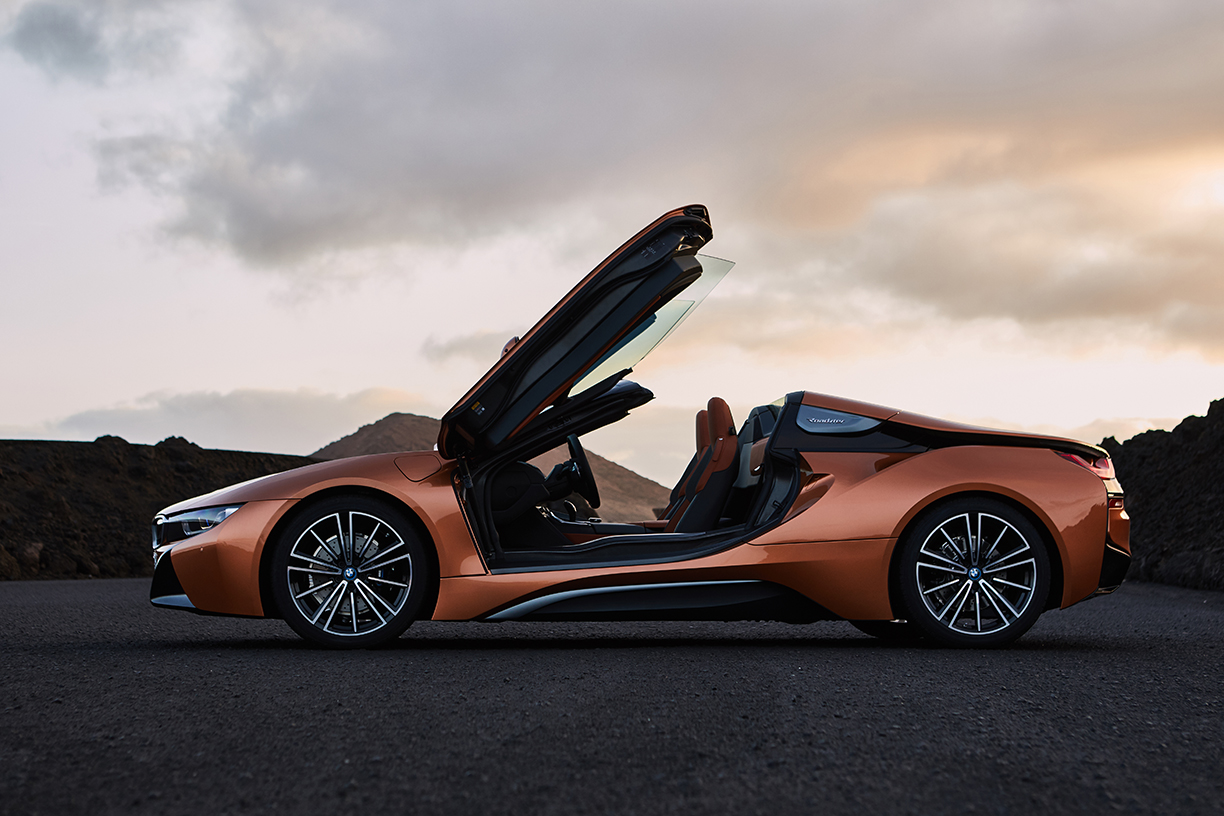
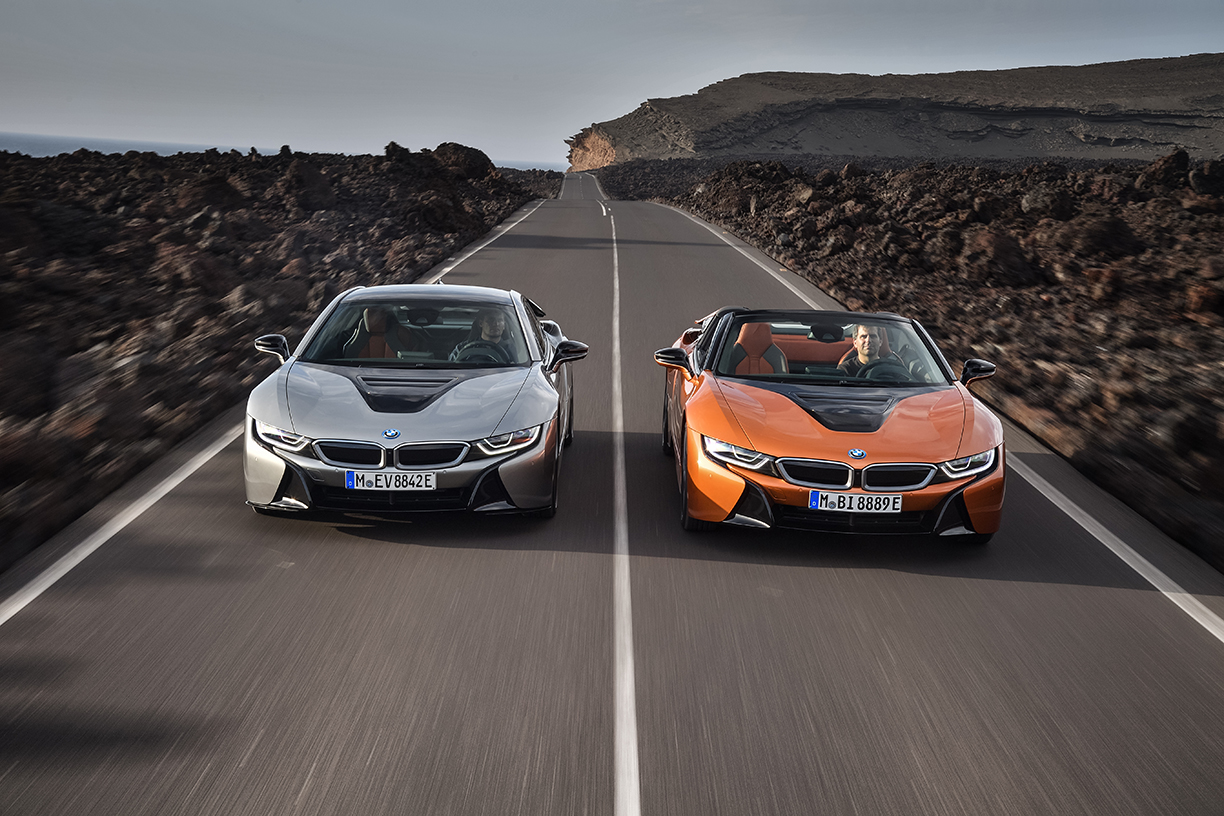
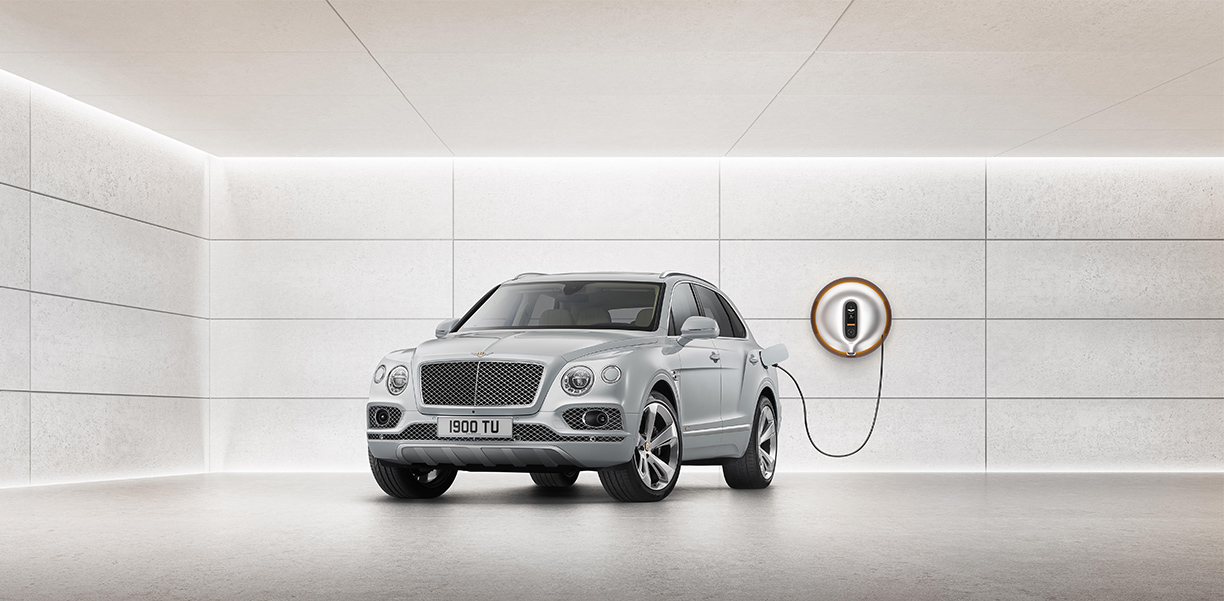
In recent years, car companies have failed to acknowledge that wealthy car buyers admire electric power, according to Bloomberg.
Additionally, a new generation of car buyers are entering the market as more millennials begin to purchase cars. At the annual Geneva Motor Show in March, Bentley Motors Ltd.’s new chairman and CEO Adrian Hallmark noted that young drivers care about sustainable and ethical transportation more than buyers have in the past, Bloomberg reports.
“If you look at millennials or the younger generation, there does seem to be more thoughtfulness about what kind of mark you leave on the planet — more so than a decade ago,” Brinley says, as reported by Bloomberg. “As we move forward in the luxury landscape, for this type of buyer, having one in your garage will be crucial.”
Also at the Geneva Motor Show, Bentley introduced the 2019 Bentley Bentayga hybrid luxury SUV, which is the brand’s first steps toward electrification and the world’s first luxury hybrid model.
Merging effortless performance on the open road and silent, emission-free driving in the city, the new plug-in hybrid model will be the company’s most efficient model ever with CO2 emissions of 75 g/km.
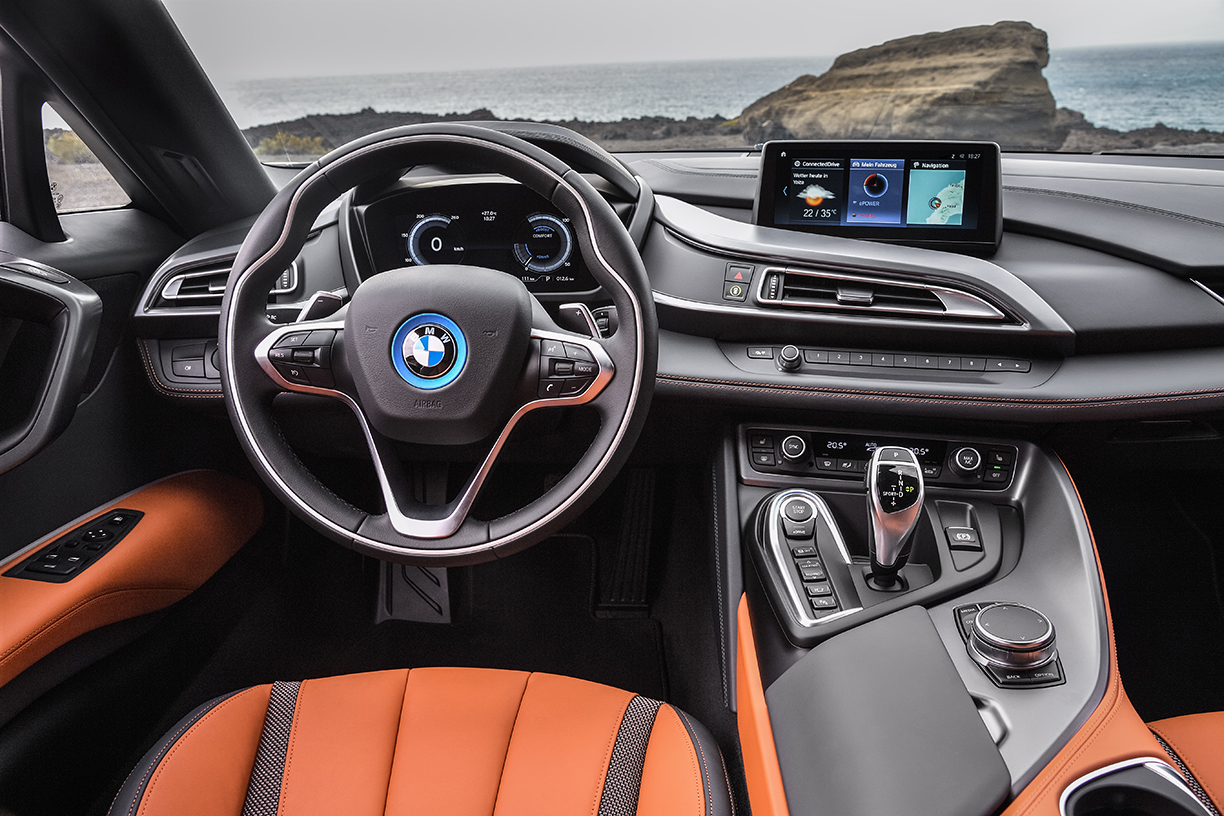
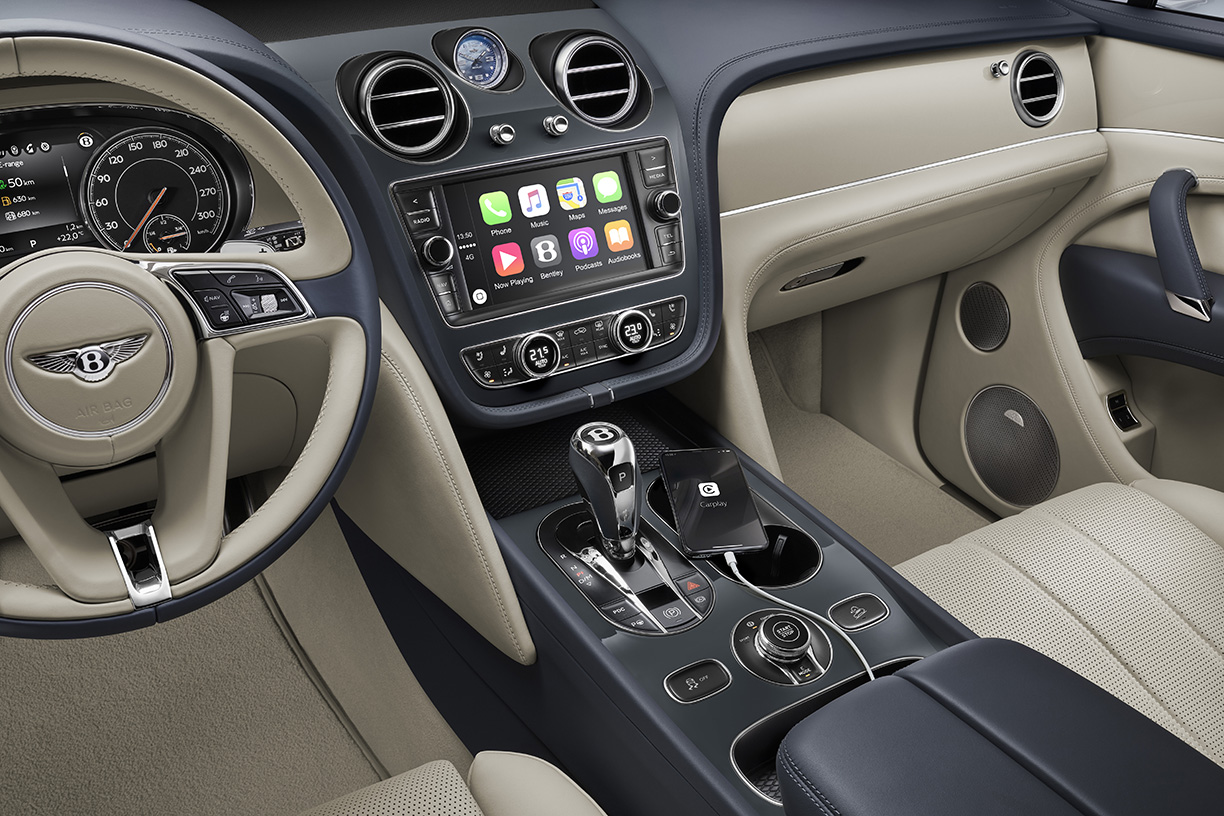
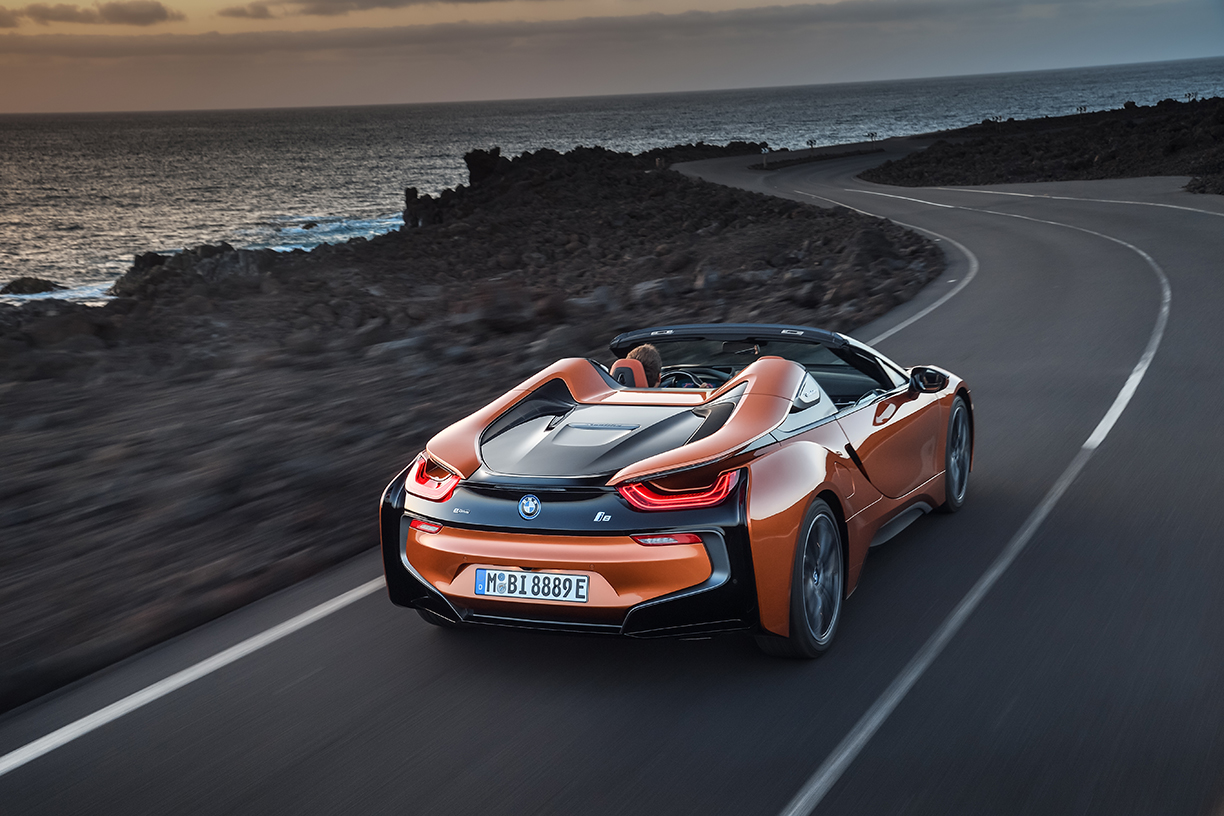
BMW has also introduced the first-ever BMW i8 Roadster. The BMW i8 Roadster, which is virtually silent and has zero CO2 emissions, can cover up to 18 miles in purely electric driving.
Combining locally emission-free mobility and high-caliber performance, the Roadster is among the first fully viable, high-performance plug-in hybrid electric cars, according to Bloomberg.
Bentley and BMW are only two of the many prestigious car brands that are now producing electric, energy-efficient cars. As a generation of young people continue to prioritize green efforts, the electric car may begin to dominate the luxury sector within the next 10 years.
Photos courtesy of BMW and Bently
Ferrari introduces the 812 Superfast, the most high-performance vehicle the brand has ever launched.
By Stacey Staum
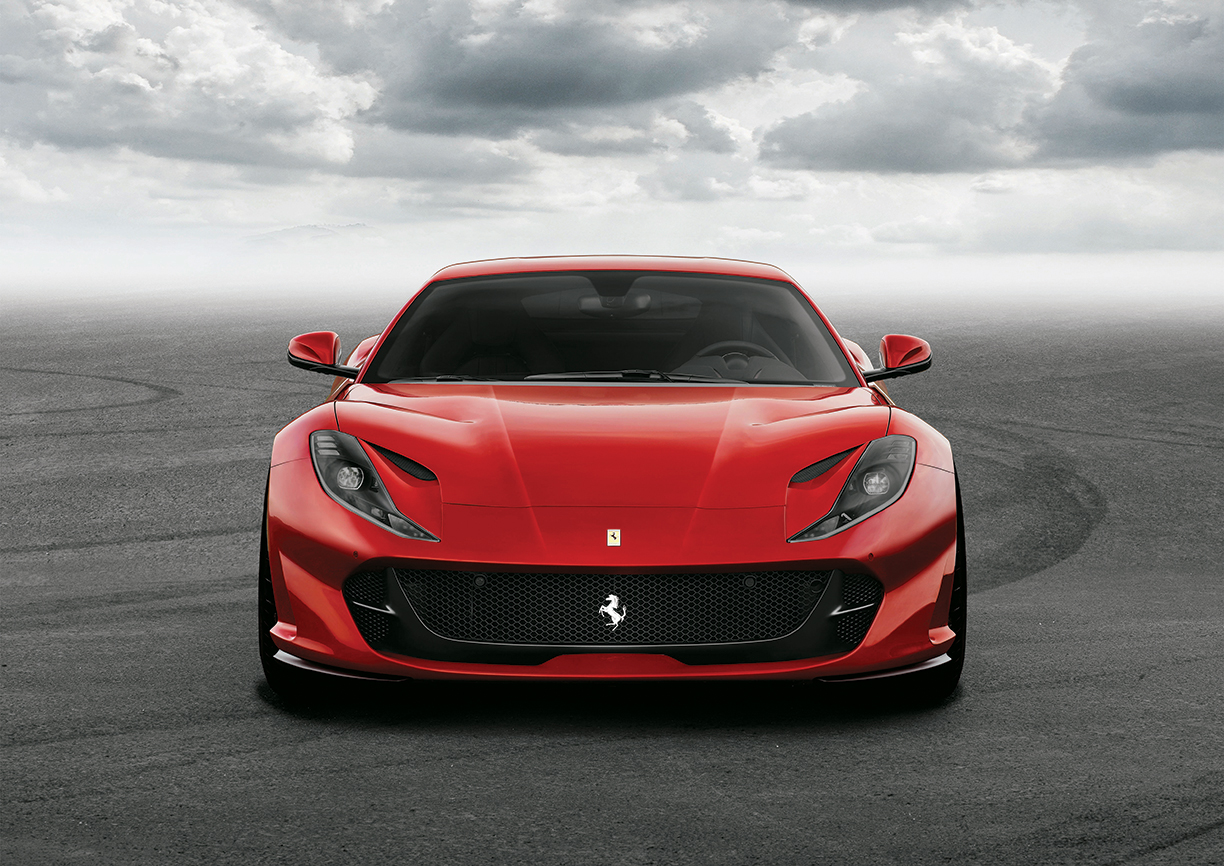
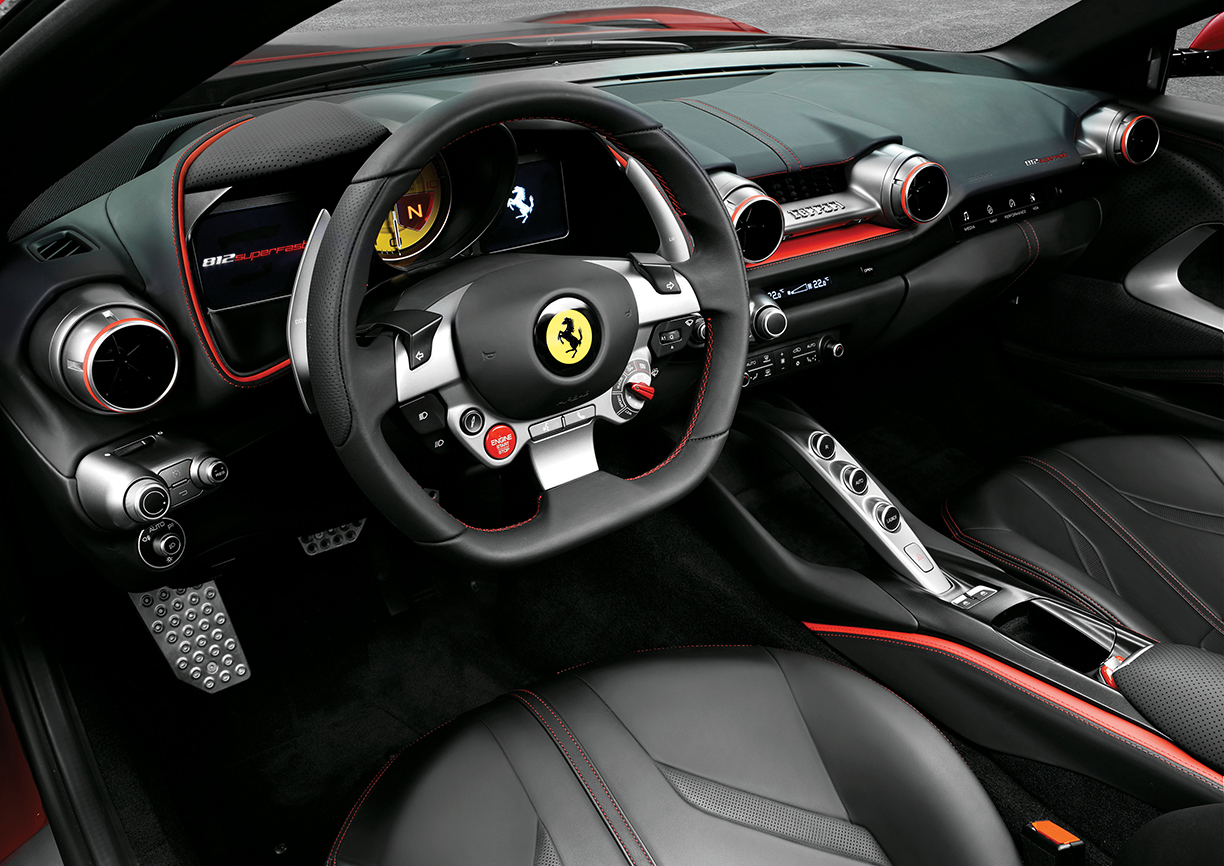
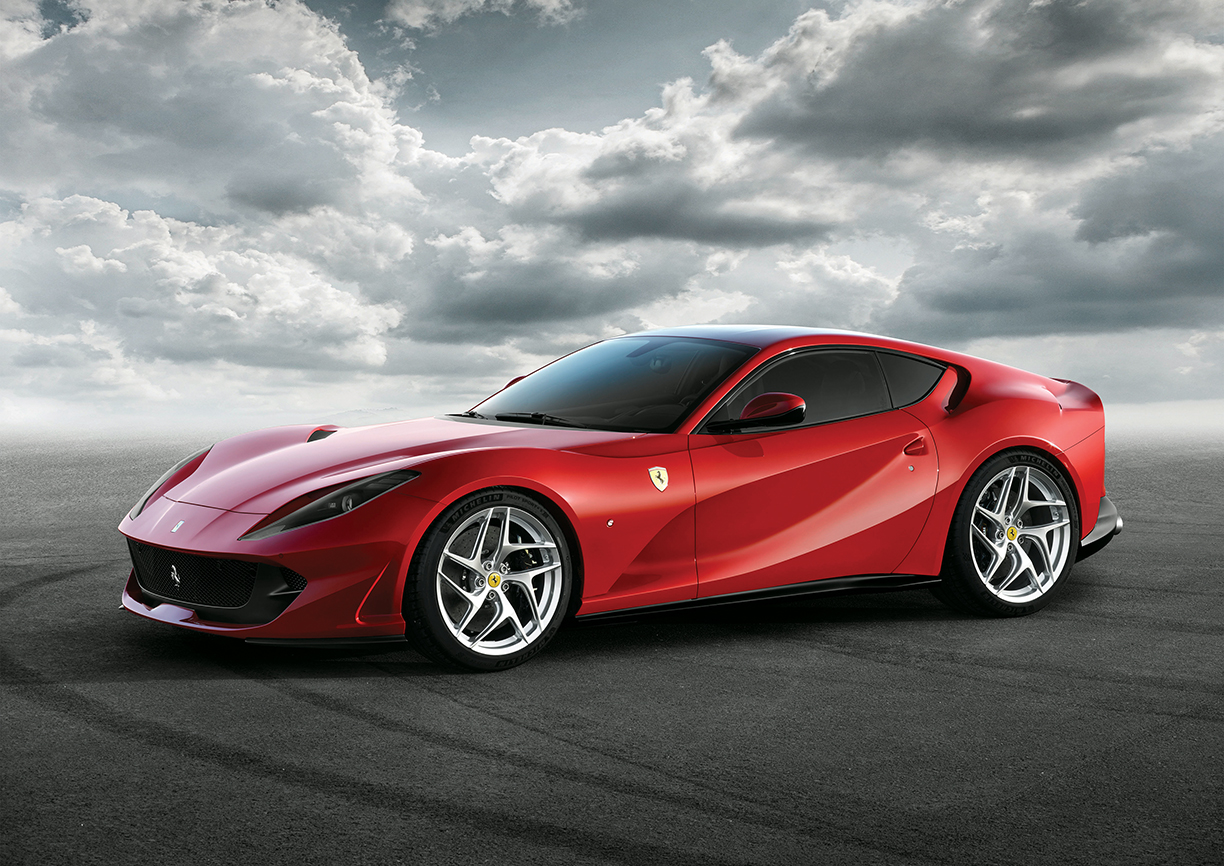
At the intersection of unprecedented engine technology and sleek modern design awaits the Ferrari 812 Superfast. In a nod to Ferrari’s 70-year history, the 812 Superfast features a 12-cylinder engine, the power unit that fueled the first vehicles bearing the Prancing Horse name in 1947. The 800 CV engine makes the 812 Superfast the most powerful road-going vehicle Ferrari has ever built.
While the 812 Superfast boasts unrivaled engine capabilities, Ferrari took care to ensure that the vehicle delivered a class-topping performance. The F1 dual-clutch transmission complements the engine’s performance by slashing response times, creating a feeling of power and speed in acceleration, and generating the auditory perception of rising rpms.
The 812 Superfast is also an aesthetically eye-catching addition to a brand with an unparalleled reputation for beauty and form. The muscular wheel arches create an appearance of power that is justified by the V12 engine under its hood. Where form meets function, the sculpted vents along the front bumper and along the wheel wells are a testament to the car’s unrivaled performance abilities.
The interior of the 812 Superfast matches the sporty character of the vehicle’s exterior. The dash elements appear to float and are angled towards the driver, creating the appearance of a cockpit that highlights the relationship between vehicle and motorist. The steering wheel, with commands, satellite pods, and contrasting materials, provides a unique driver experience that exudes class and sophistication.
Under the hood and within the cabin, the Ferrari 812 Superfast boasts unprecedented performance and style for the discerning motorist.
The manufacturer’s base suggested retail price is $308,000.

Photos courtesy of Ferrari
For decades, one company has been transforming luxury SUVs into customized technological experiences.

Becker Automotive Design’s comprehensive transport vehicles look almost like any other sleek SUV or van. But open the doors and you will be transported to the most luxurious ride of your life.
Becker Automotive Design began in the late 1970s by working on European luxury vehicles such as Porsches and Ferraris, adding customized cosmetic touches and embellishing them with upgraded security and technology features. Its customers included well-known clientele in the film and music industries, who began requesting even more innovations to allow them to be productive on the road, between sets, studios and meetings.
In 1996, the company fully embraced a new mission — to transform high-quality SUVs and vans into comprehensive luxury transports. Becker’s customers seek premier vehicles with luxurious, high-tech interiors and upscale, yet inconspicuous exteriors.
“We’re advancing the state-of-the-art standard for productive capacity,” says Howard Becker, founder and CEO. “You can do everything you can do in your office, sometimes faster than in your office, via a mobile router on your commute. If you can utilize that time well, you’ve just leveraged your capability into higher productivity.” Becker Automotive Design operates on the concept that time is money, especially for its extensive list of high-profile clients, including icons such as Barbra Streisand, Jerry Seinfeld, Stevie Wonder, and various members of foreign royal families.


The company works almost exclusively with two vehicles — the Cadillac Escalade ESV and the Mercedes-Benz Sprinter JetVan — that are the largest and highest-quality SUV and van made today, according to Becker. “Cadillac has done a very good job at advancing every millimeter of their ESV. It has unbelievably good ride quality, a very quiet interior, a reliable drivetrain and beautiful styling. It’s the number one SUV in the world,” he says.
These vehicles provide Becker’s clients with a number of options for size and space. The Cadillac Escalade ESV comes in standard Escalade ESV size (starting at $160,000), as well as two additional options — a raised-roof option that increases the headroom by more than four inches, and an extended-wheelbase option that adds 20 inches of legroom to the rear cabin. Designed to resemble the cabin of a private jet, the Mercedes-Benz Sprinter JetVan seats six to eight people, with a price range of $200,000 to $450,000.
Becker Automotive Design prides itself on paying attention both to its customers’ needs and ideas and the advancements occurring in technology, engineering and manufacturing. “Our customers are people who have private jets, multiple homes and multiple offices, so they are surrounded by staff at every level. They will demand anything that will continue to improve their ability to get things done on their drive,” he says. Becker’s team frequently will invite clients’ personal staff, such as their IT personnel, to discuss clients’ particular needs, such as how they like to access information, what their favorite entertainment and news sources are, and how they prefer to monitor their homes. All of these factors contribute to the customized design of a client’s vehicle.


Each vehicle produced by Becker Automotive Design can be customized across the board, from choices in wheel base sizes to control systems. The Cadillac Escalade ESV boasts options such as high-speed
Wi-Fi; high-definition video on a 32-inch LCD monitor; and a surround-sound audio system that includes Dynaudio speakers and digital amplifiers. Mercedes-Benz Sprinter JetVan passengers may enjoy a Crestron-controlled entertainment system, multiple video monitors, sound insulation, or even a restroom. Both vehicles can be equipped with bullet-proof armor. “Everything that we learned from working with European luxury cars, all of that just fits hand-in-glove for doing these complete vehicle conversions,” Becker says.
On occasion, a client will have special needs that cannot be met by the plethora of existing features, and he or she will approach Becker with a novel idea. The company fully embraces the creative requests it receives from customers; in fact, customers’ unique ideas drive much of the company’s innovation.
“A CEO of a large New York Stock Exchange Company called and said he’s moving his offices from one metropolitan area to another. He now has 45 minutes to use on his commute, so he wanted one of our vehicles. He said he could not replace the time he used to have for cardio in the morning,” says Becker. “We took a recumbent bike, sawed it in half, and modified one of our seats so he could sit with a proper, three-point seatbelt on and crank away on the pedals.” The design team relocated the heart rate monitor beneath the seat and repositioned additional electronics so the client could monitor and program his workouts. The transformation provided him with a vehicle outfitted for optimal professional productivity, as well as a way to continue engaging in healthy habits during his new commute.
Becker and his team are excited about what may be in store for their business in the future. He foresees demand for customized luxury vehicles growing as the automotive industry continues to innovate. “We think when driver-less cars arrive, people are going to relish even more that they can get things done on their commute. They’re going to want to do everything that we provide, in ultimate privacy and comfort,” he says.















